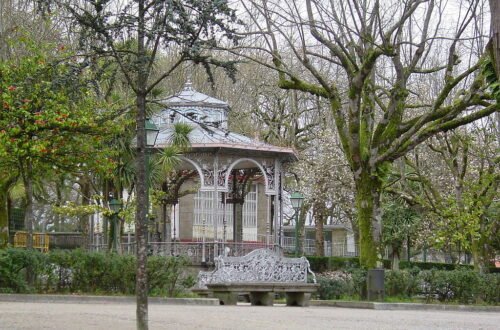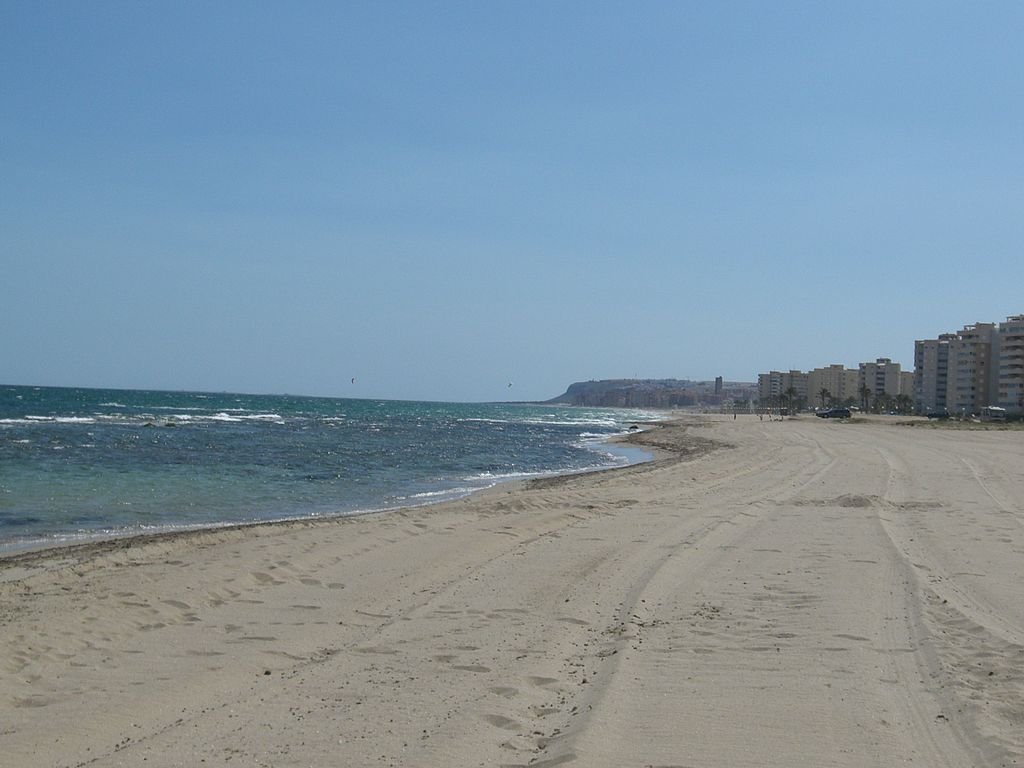
15 Things to Visit in Alicante (Spain)
The Costa Blanca vacation area in eastern Spain is centred in Alicante. The name refers to the region’s never-ending stretch of white sand beaches. The city offers all the entertainment and leisure of the beach together with the culture and attractions you’d expect from a city getaway: Overlooking the city is a historic fortification, and the old town is a traditional Mediterranean one with whitewashed buildings and cobblestone streets. Mornings will be spent in churches and museums, while afternoons will be spent swimming in crystal-clear lakes or relaxing under a parasol. It is simple to travel from one destination to the next in Alicante thanks to the city’s cutting-edge tram system. Let’s examine the top activities in Alicante:
- Castle of Santa Barbara
- Explanada de España
- Archaeological Museum
- Casco Antiguo
- Postiguet Beach
- Basilica of Santa María
- Contemporary Art Museum
- Beach Excursions
- Golf
- Mercado Central
- Local Cuisine
- Boat trips
- Alicante’s Towers
- Elche Palmeral
- Las Hogueras de San Juan
Castle of Santa Barbara
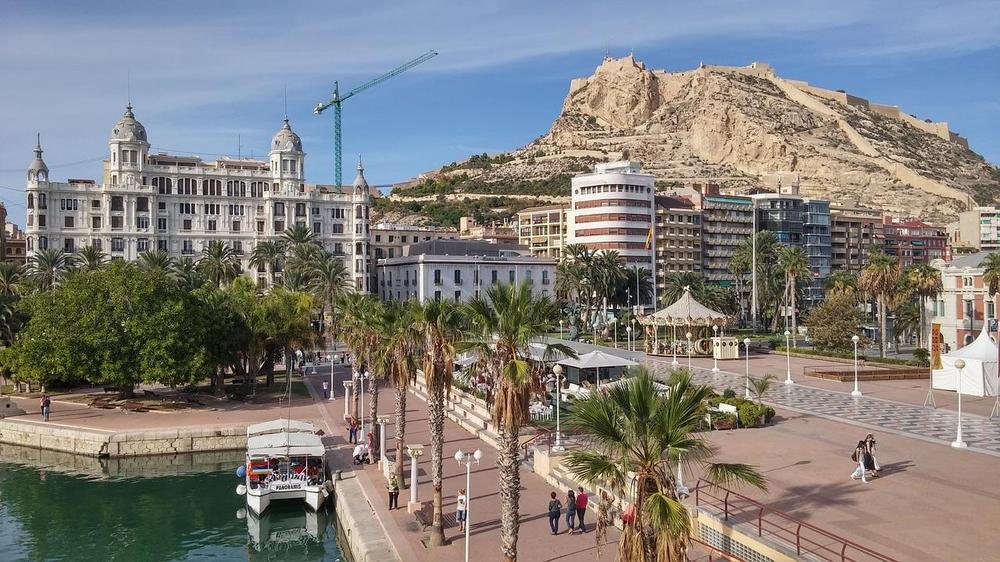
The massive, imposing mountain Benacantil that towers over Alicante are crowned with a fortification with Arab origins from the Middle Ages. Although the most recent repairs were made in Spain’s Golden Age in the 1500s, if you look closely, you can still see a few Moorish-era remnants. If you go on foot the best time to make the climb is early in the morning before the sun is at its fiercest, but there’s also a lift that runs from just behind Postiguet Beach. Alicante, the Mediterranean, and the forested, hilly landscape should be admired from the battlements by everyone.
Explanada de España

Alicante’s refined, marble-laid promenade is useful for way-finding, as it starts in the old-town and continues along the city’s seafront next to the marina. A family stroll is a common activity in Spanish cities, and promenades like the Explanada de Espaa make it easier to do so elegantly. As you meander through the palm trees and observe city activity from terraces and market booths, you’ll get a true sense of Alicante’s atmosphere. Beautiful seaside views can be enjoyed, and in the summer, this brightly lit boardwalk enjoys cooling sea breezes at the end of hot days.
Archaeological Museum
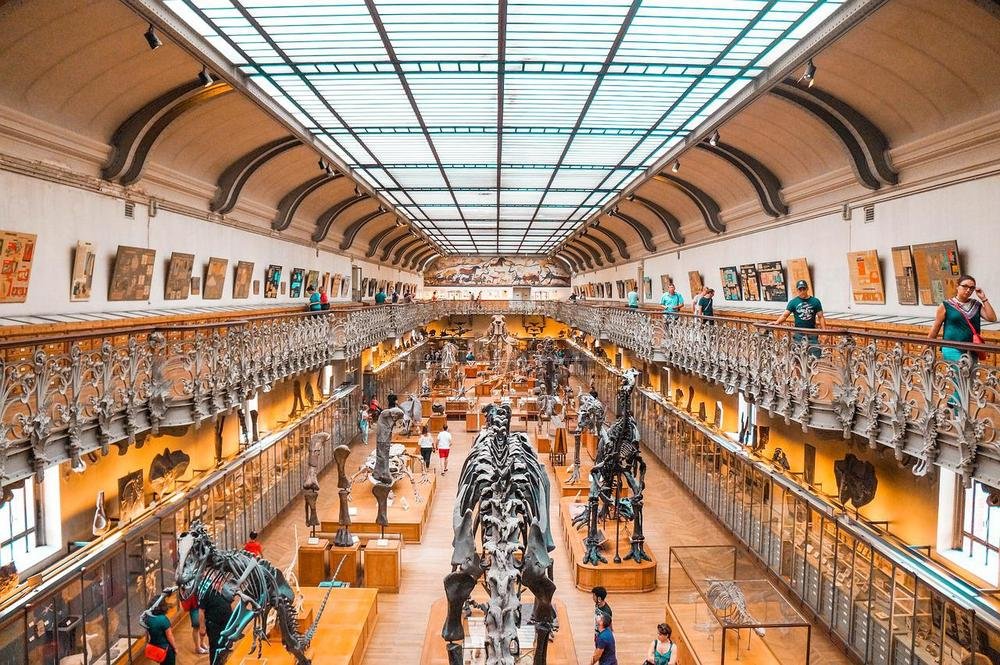
If you’re interested in learning more about Alicante’s history, head over to the MARQ Provincial Archaeological Museum in Alicante. Beginning with the hunter-gatherers in prehistory, you’ll see the earliest hand-forged metallic objects made near Alicante. Then there is the Iberian chamber, which is devoted to several nearby pre-Roman archaeological sites that have produced amazing sculptures and ceramics. The Roman city of Lucentum, where a variety of ceramics, jewellery, and other common objects were discovered during excavations, was not far from present-day Alicante. Perhaps most thrilling of all is the displays that cover medieval times when for a brief period, Jewish, Islamic, and Christian cultures existed side-by-side.
Casco Antiguo
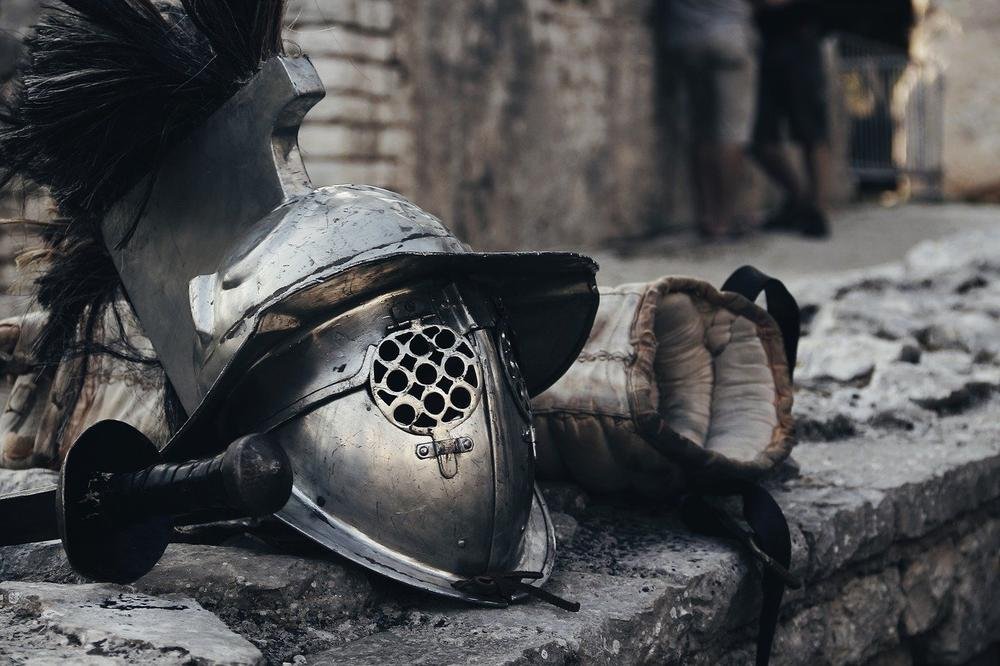
You won’t mind getting lost in the historic district of Alicante, which resembles a small village in the middle of the city. This neighbourhood is sprawled on the hillside beneath the castle, and to get around you’ll need to negotiate steep streets and stairways between high whitewashed walls. Locals take great pride in their homes, decorating their balconies and doorsteps with fresh flowers, and painting their shutters in blues and greens. You can always take a load off at one of the many cafés and eateries in this area of the city if you need a break.
Postiguet Beach
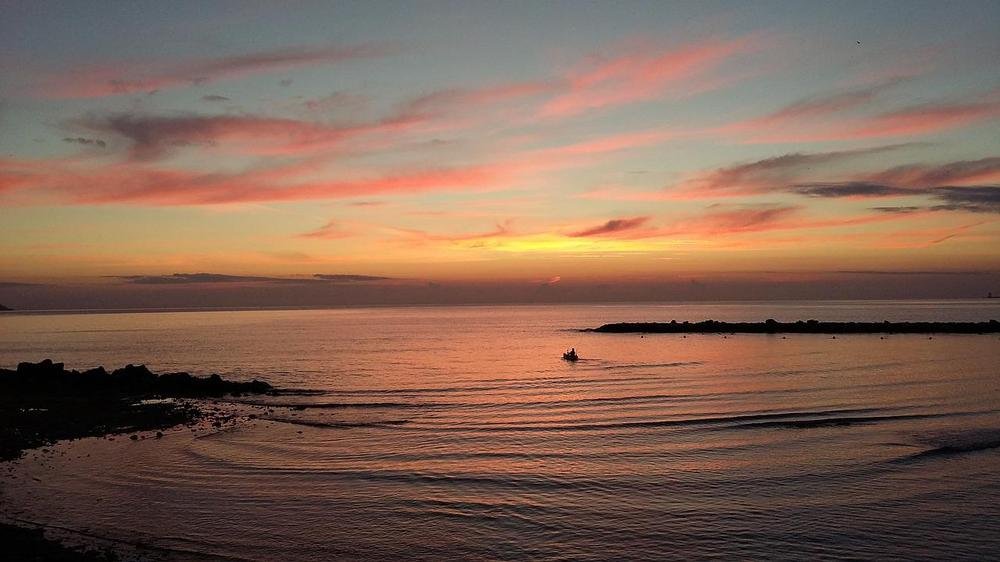
If you don’t want to go far for some water and sand, there is a pretty good beach just near to the old town. Playa del Postiguet is a finger of golden sand washed by very light waves. Before the water even reaches waist level, you have to wade out quite a distance. From the water, you can see Santa Barbara’s imposing walls in the distance. Given its size and location, the beach can get a bit hectic in summer, but the central location means there’s no shortage of places to pick up lunch.
Basilica of Santa María
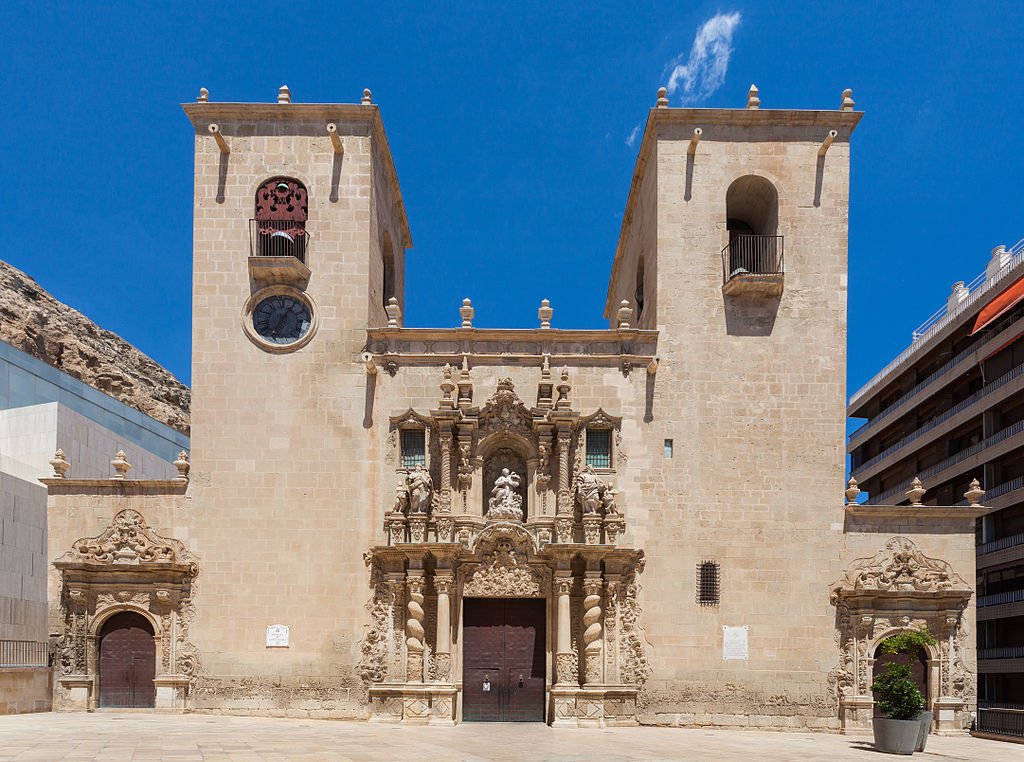
The oldest and prettiest church in the city is close to the foot of the mountain, and a few streets from Postiguet Beach. After the Moors were driven out of Alicante in the 13th century, Santa Mara was constructed over a previous mosque, as was the case with many other churches in Spain. The church’s twin ominous-looking towers will catch your eye immediately. These are remarkable because, despite the fact that they appear to be identical, the one on the right is from the 1300s while the one on the left is from the 1800s. See the gothic Santa Maria statue from the 14th century inside, as well as a medieval incunable, an early written book from the 1200s.
Contemporary Art Museum

A fun fact about this attraction devoted to modern art is that it’s housed in Alicante’s oldest secular building, a former granary constructed in 1687 next to the Santa María Basilica. Eusebio Sempere, a sculptor from Alicante, started it in 1976 with the intention of showcasing his personal collection. There are some 800 pieces in the collection, representing many of the most celebrated 20th-century artists, including Picasso, Francis Bacon, Salvador Dalí, and Joan Miró. No two visits will be the same because only a third of the paintings may be on display at once and because the exhibition is rotated throughout the year.
Beach Excursions

Since you’re on Costa Blanca, there are many Blue Flag beaches within a short drive of Alicante. Saladar Beach, a 1600-meter stretch of golden sand south of Alicante, is the place to go if you want a lot of space. Apart from a few scattered apartment buildings on the edge of the sand dunes, there isn’t much in the way of tourist development here. Playa de la Albufereta is located in the other direction on the northern outskirts of Alicante. This is a clean bay with calm waters that was the harbour for the Roman city of Lucentum, and it is surrounded by resort buildings. Related excursion: Two-Hour Sunset Catamaran Cruise from Alicante
Golf

There are many golf courses around Costa Blanca. Within the province, there are 15, all within a manageable driving distance. Seve Ballesteros designed the Alicante Golf Club, which is close to the city centre if you don’t want to travel far. This 18-hole par-72 course pays homage to the area’s Roman heritage by including rebuilt Roman ruins on the 14th hole that you must strive to avoid. Also, minutes away is Bonalba, another par-72 with a front nine that tests your short game and a back nine that rewards an accurate drive.
Mercado Central
There is no reason not to visit this sizable covered market on the upper side of Alfonso el Sabio if you are self-catering. Spain’s central markets, such as the one in Alicante, are comparable to food cathedrals. For aspiring chefs, there are a ton of fish and meat vendors and unlimited inspiration! A special highlight is the seafood market, where the counters are virtually overflowing with crabs, lobsters, squid, and other seafood. Fresh fruit and vegetables also abound, and you’ll be able to seek out some regional specialities like turrón nougat and Mistela, a sweet dessert wine. Seven Secrets of Alicante Discovery Tour is included.
Local Cuisine
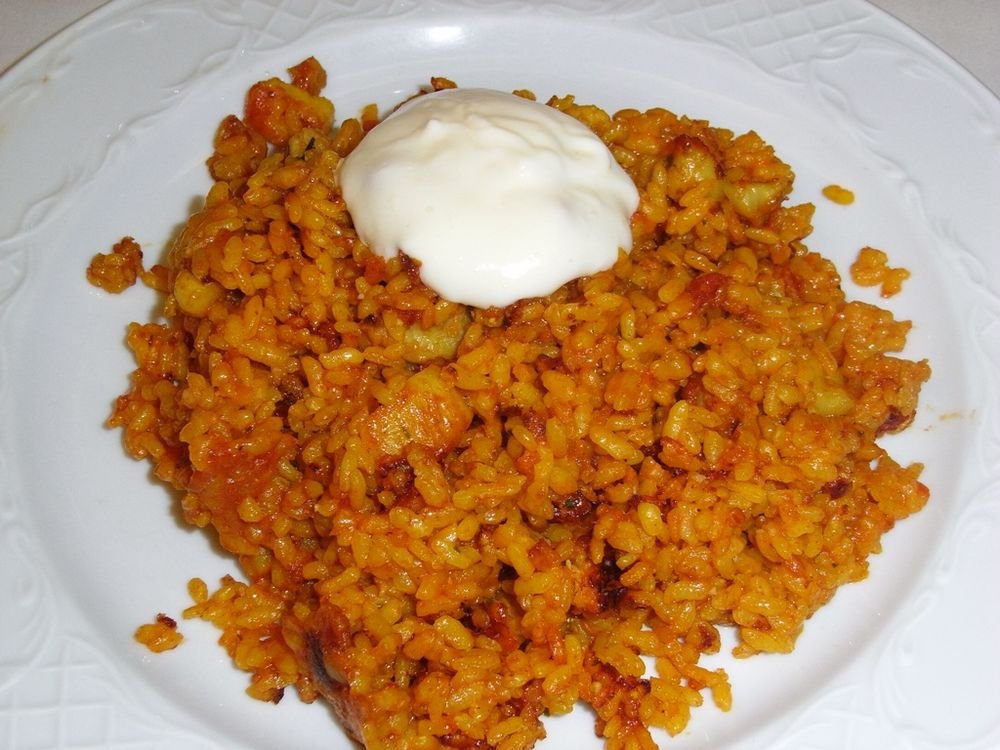
If you’re unfamiliar with Spanish cuisine and want to eat like a local, lunch usually starts after two in the afternoon. This is the main meal of the day, and for many people, dinner consists of tapas or a light snack in a bar. The majority of Spain’s rice comes from the Valencian Community, and Alicante has its own simmering rice dishes that are similar to paella. Arroz a banda or Arroz al Horno are two dishes that benefit from the fantastic seafood that is available in this region of Spain. You might get some turrón, a type of nougat with honey and almonds, as a souvenir. It’s a true Spanish favourite, and it’s especially well-liked during Christmas.
Boat trips
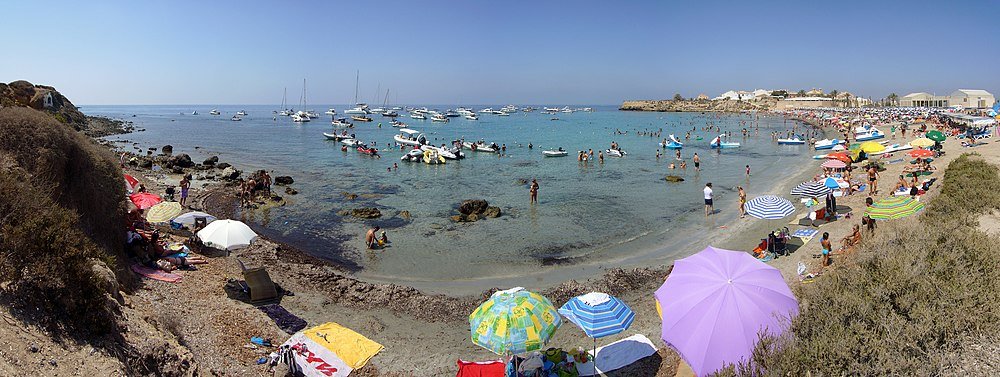
A few businesses that offer boat rides are located close to the port in Alicante. This might be a brief catamaran cruise in the sea next to the city, but if you want to make a day of it you should definitely consider a trip to Tabarca Island. It’s just a couple of kilometres off the coast to the south but feels like a different world. On Tabarca, there is a small, walled neighbourhood with homes that are similar to those in the ancient part of Alicante and have blue shutters. There isn’t a need for automobiles or any other modern amenities here, though! Visit the little St. Peter and St. Paul church, then make your way to the lighthouse by traversing the island’s barren terrain. 3-Hour Coastal Catamaran Cruise with Snorkeling is a recommended excursion.
Alicante’s Towers
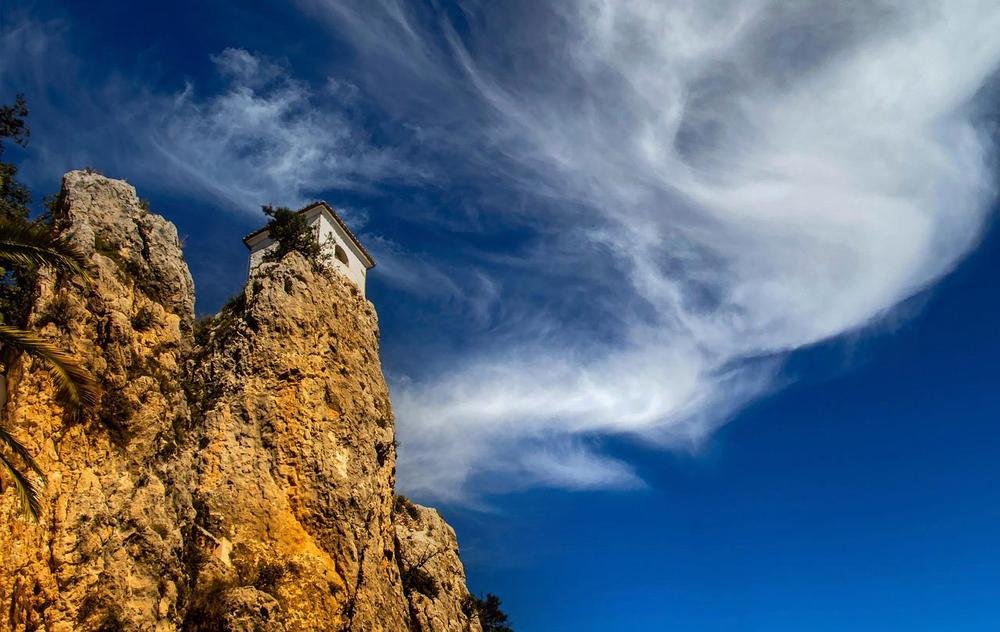
If you still haven’t had your fill of Alicante’s history then you could download a map of the area’s coastal watchtowers. For ages, Barbary Pirates posed a menace to this region of Spain by pillaging the towns and even enslaving the local populace. In order to provide an early warning so that people might flee inside the walls, a sophisticated network of defences and lookouts was constructed beginning in the 1500s. There are some thirty of these towers still standing in the Huerta de Alicante, encompassing the city and a few neighbouring towns and villages.
Elche Palmeral
A breathtaking scene is waiting for you in the town of Elche, which is just 20 minutes by car west of Alicante. The first Muslims to arrive in this area in the early middle ages planted the largest palm grove in all of Europe. There are 200,000 trees, most of which are the phoenix dactylifera, which didn’t exist in Spain until it was introduced by the Moors. The grove is a UNESCO World Heritage Site, and the best way to experience it is by walking the Ruta del Palmeral, a circular path that begins and ends at the Huerto de San Placido.
Las Hogueras de San Juan

On June 23, St. John’s Eve, bonfires are frequently lit throughout Spain. However, none of these is as significant as those that occur in Alicante. Traditionally people would burn off their old furniture for San Juan, but in 1928 the city decided it needed a fiesta to go with these fires, and it takes place across four days up to the 24th. Similar to Valencia’s Las Fallas, the outcome culminates in fires where specially created cardboard sculptures are consumed during an occasion known as the Cremà. Teams of firefighters are on the ready to put out these fires, which can be rather frightening. Further reading: Family-friendly activities in Alicante

